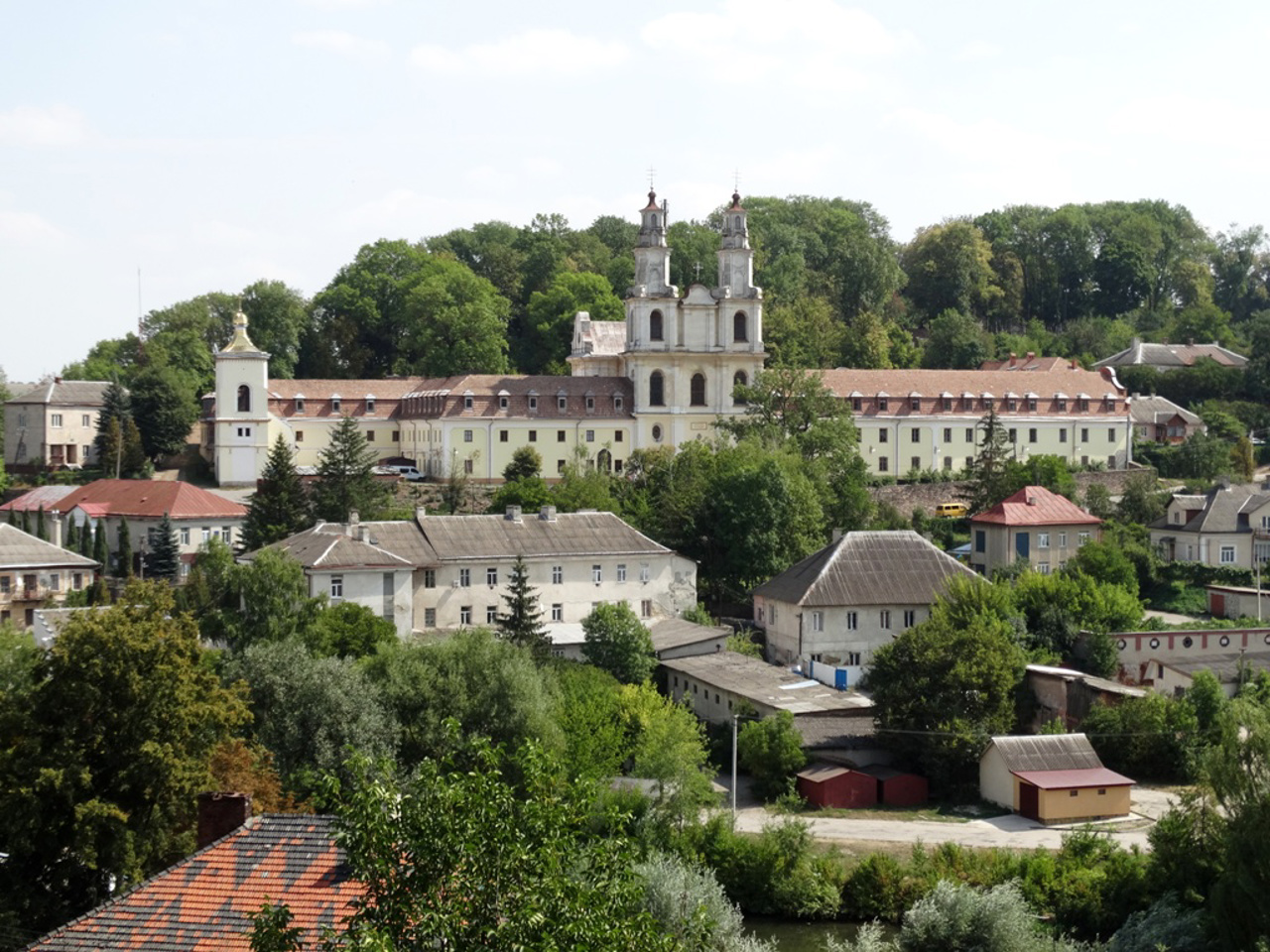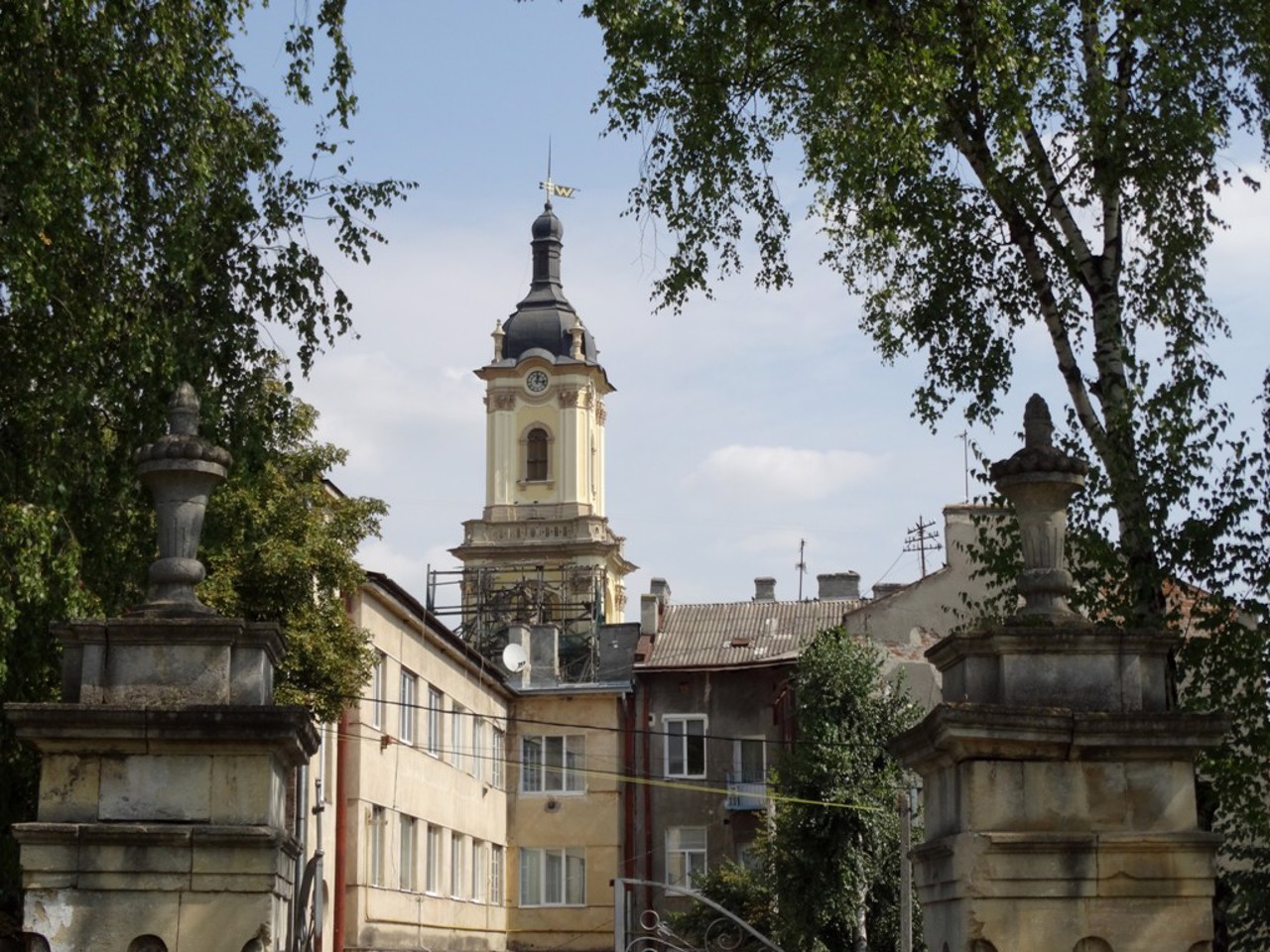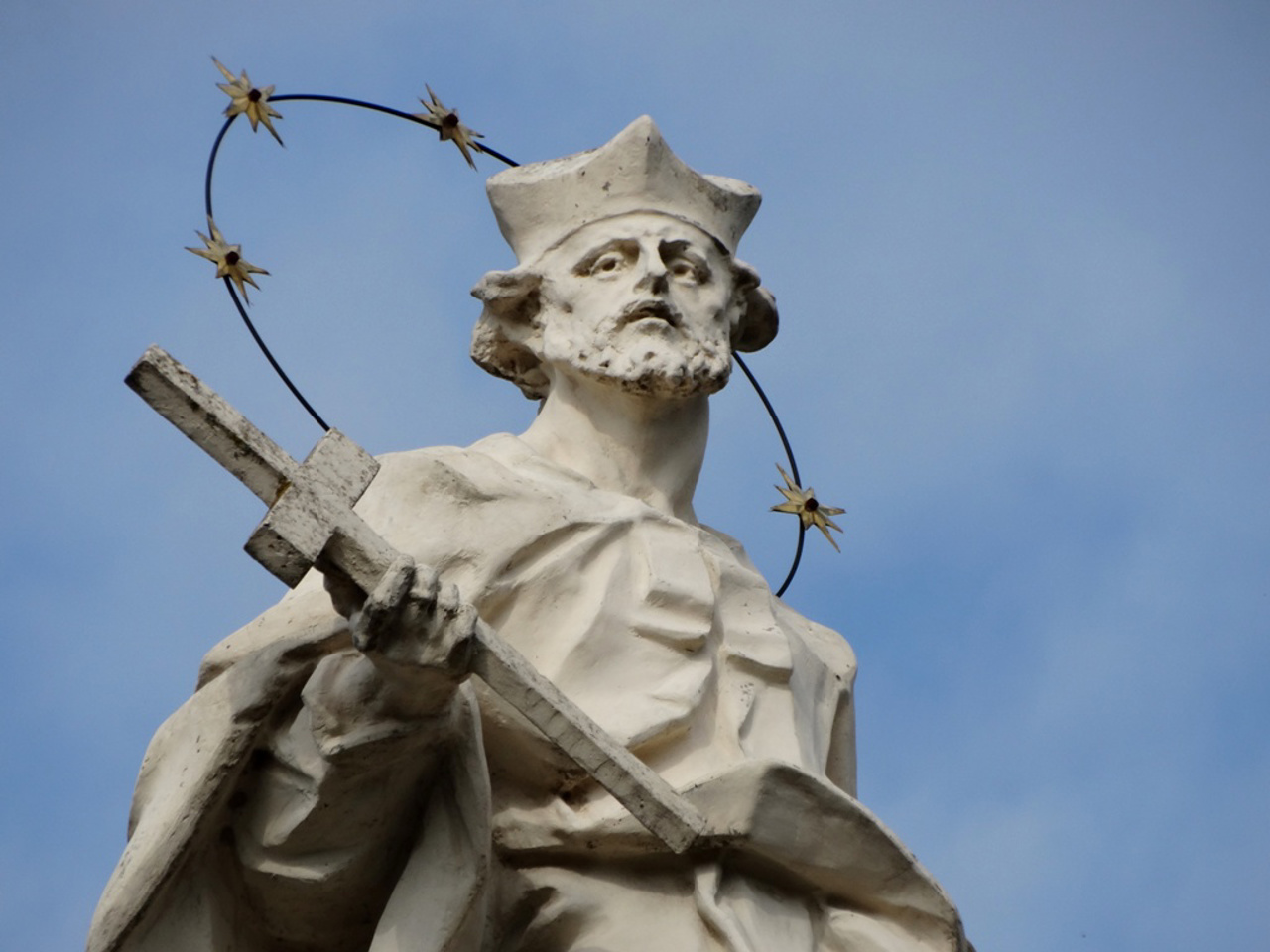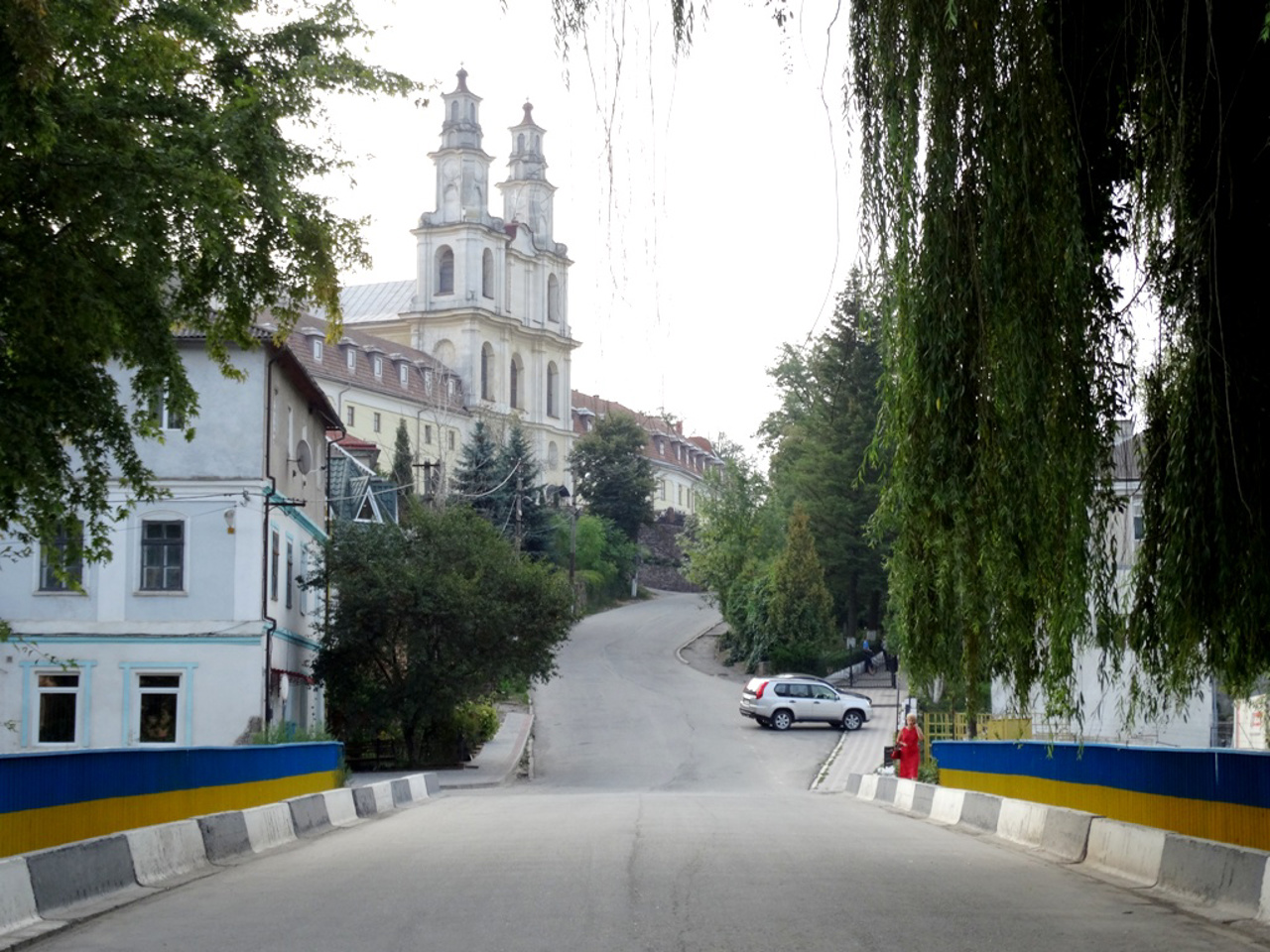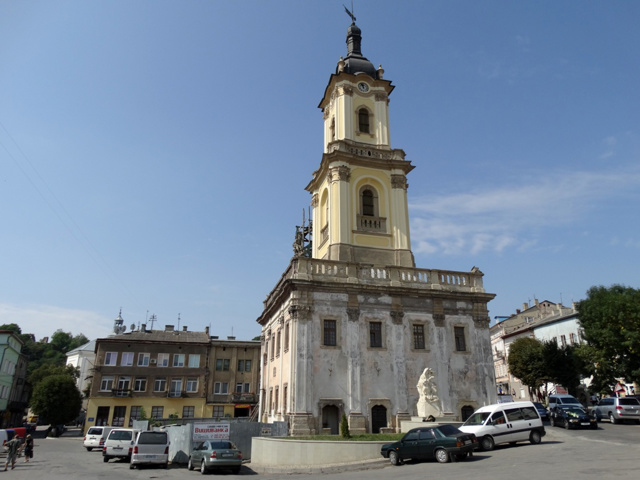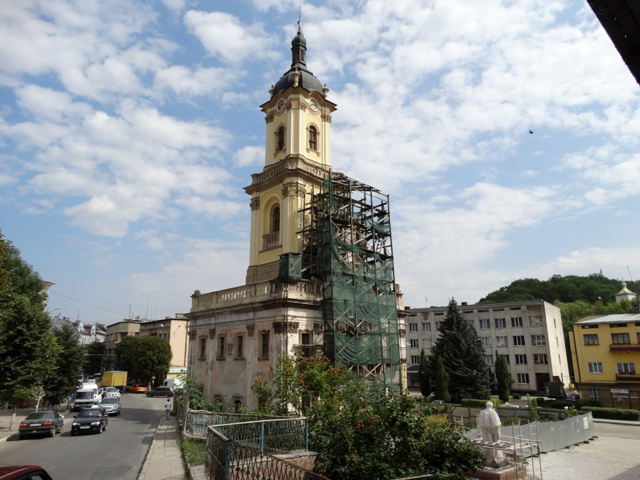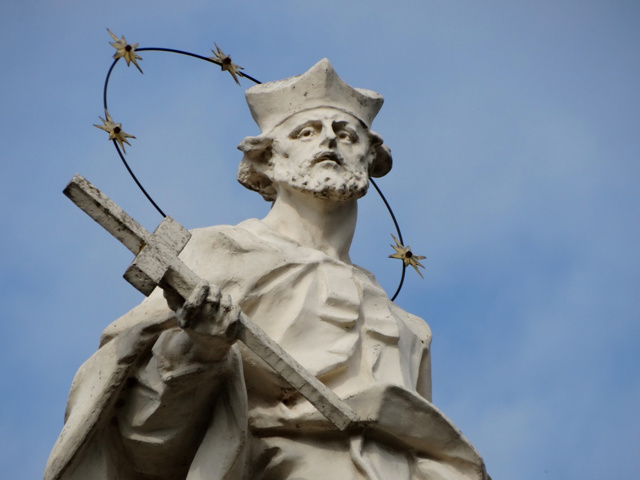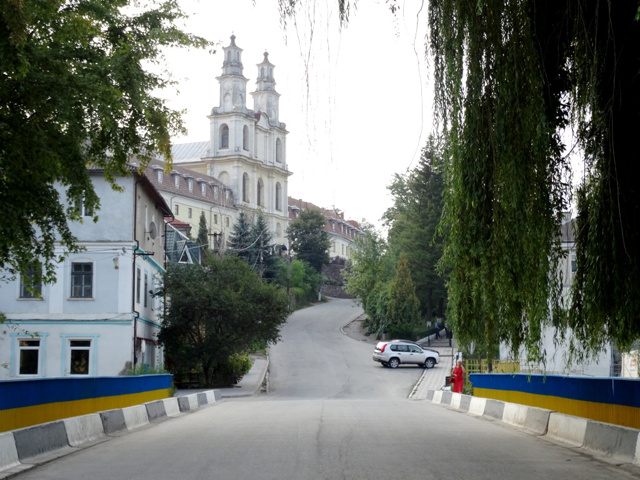Functional temporarily unavailable
General information about Buchach
The town of Buchach is one of the most picturesque towns of Podillya, located on the high banks of the Strypa River.
It has been known since 1397 as the property of the Buchaksky magnates. In the 16th century, it passed to the Holskys, then to the Potocki, who built a castle in the Renaissance style on the site of an older one (the ruins have survived).
In 1672, a peace treaty between the Ottoman Empire and the Polish-Lithuanian Commonwealth, known as the "Peace of Buchach", was signed in Buchach under the "Golden Linden" tree, which was preserved by the road in the village of Sokoliv. The border passed along the Strip and divided the city into two parts - the eastern (Turkish) and the western (Polish). Turkish occupation lasted 11 years. In 1683, the Pol ...
The town of Buchach is one of the most picturesque towns of Podillya, located on the high banks of the Strypa River.
It has been known since 1397 as the property of the Buchaksky magnates. In the 16th century, it passed to the Holskys, then to the Potocki, who built a castle in the Renaissance style on the site of an older one (the ruins have survived).
In 1672, a peace treaty between the Ottoman Empire and the Polish-Lithuanian Commonwealth, known as the "Peace of Buchach", was signed in Buchach under the "Golden Linden" tree, which was preserved by the road in the village of Sokoliv. The border passed along the Strip and divided the city into two parts - the eastern (Turkish) and the western (Polish). Turkish occupation lasted 11 years. In 1683, the Polish king Yan III Sobieskyi visited the city.
The prosperity of Buchach in the 18th century is connected with the activities of the magnate Potocki family, to whom the city owes its historical development to a large extent. With the funds of the Potoskis, with the participation of the outstanding architect Meretyn and the famous sculptor Pinzel, many churches and the majestic town hall, which is now the decoration of the city, were built. Buchach became the center of education at the beginning of the 19th century, when a gymnasium was founded at the Basilian monastery.
Shumel Yosef Agnon, writer and Nobel laureate, was born here.
The city is known for the production of "Buchach" cognacs, the foundation of which was laid by Count Potoski.
Місто Бучач - одне із наймальовничіших міст Поділля, розташоване на високих берегах річки Стрипи.
Відоме з 1397 року як власність литовських магнатів Бучацьких. У XVI столітті перейшло до Гольських, потім до Потоцьких, які побудували замок в стилі ренесансу на місці більш давнього (збереглися руїни).
В 1672 році в Бучачі під деревом "Золота Липа", яке збереглося при дорозі в селі Соколів, був підписаний мирний договір між Османською імперією та Річчю Посполитою, відомий як "Бучацький мир". Кордон пройшов по Стрипі й розділив місто на дві частини - східну (турецьку) і західну (польську). Турецька окупація тривала 11 років. У 1683 році в місті побував польський король Ян III Собеський.
Розквіт Бучача в XVIII столітті пов'язаний з діяльністю магнат ...
Місто Бучач - одне із наймальовничіших міст Поділля, розташоване на високих берегах річки Стрипи.
Відоме з 1397 року як власність литовських магнатів Бучацьких. У XVI столітті перейшло до Гольських, потім до Потоцьких, які побудували замок в стилі ренесансу на місці більш давнього (збереглися руїни).
В 1672 році в Бучачі під деревом "Золота Липа", яке збереглося при дорозі в селі Соколів, був підписаний мирний договір між Османською імперією та Річчю Посполитою, відомий як "Бучацький мир". Кордон пройшов по Стрипі й розділив місто на дві частини - східну (турецьку) і західну (польську). Турецька окупація тривала 11 років. У 1683 році в місті побував польський король Ян III Собеський.
Розквіт Бучача в XVIII столітті пов'язаний з діяльністю магнатської родини Потоцьких, яким місто в значній мірі зобов'язане своєю історичною забудовою. На кошти Потоцьких, за участі видатного архітектора Меретина і прославленого скульптора Пінзеля були побудовано багато храмів і велична ратуша, яка є тепер окрасою міста. Центром освіти Бучач став на початку XIX століття, коли при василіанському монастирі була заснована гімназія.
Тут народився письменник, лауреат Нобелівської премії Шумель Йосеф Агнон.
Місто відоме виробництвом коньяків торгової марки "Бучач", основу якого заклав граф Потоцький.
Сплануй своє перебування у Buchach
What to see and where to go in Buchach
Tourist attractions and museums of Buchach

Saint John Nepomuk Sculpture
Monument
The sculptural composition, crowned with the figure of Saint John Nepomuk, was installed in Buchach at the crossroads of the roads to Ternopil and Chortkiv in 1750.
It was one of the early works of the outstanding sculptor Ivan Pinzel. Prague priest John Nepomuk was martyred in 1393, refusing to reveal the secret of the confession of the wife of Emperor Wenceslas IV of Luxembourg. The cult of the saint was widespread in the 18th century. John Nepomuk's roadside sculpture was ordered by Count Mykola Potocki to Pinzel, as evidenced by Potocki's "Pilyava" coat of arms on the pedestal.
During the Soviet era, the Saint John Nepomuk Sculpture was destroyed. Restored in 2007 in the former place (now the road fork is located a little higher), the author of the copy is Roman Vilhushynskyi.
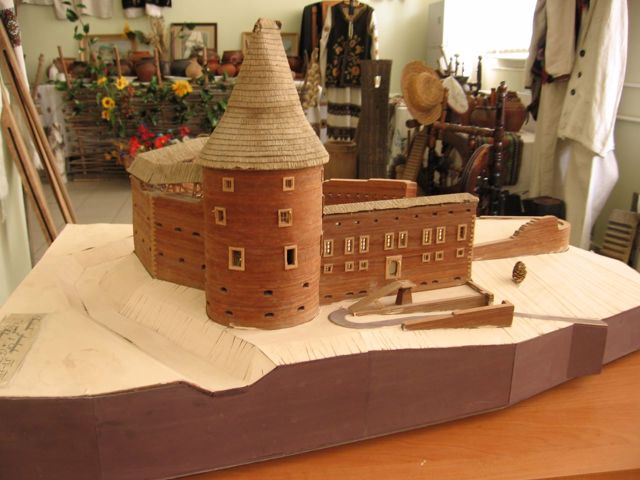
Buchach Local Lore Museum
Museum / gallery
The Buchach Local Lore Museum is located in the center of city, near the town hall.
The archeological vuseum`s exposition presents objects from the times of Trypillya culture.
The ethnographic exhibition tells about the life of peasants of the end of the XIX century.
In addition to the history of the city and the district, there is an exposition dedicated to the work of the outstanding sculptor Ivan Heorh Pinzel, who lived and worked in Buchach for a long time.
The model of Buchach Castle is also of interest.
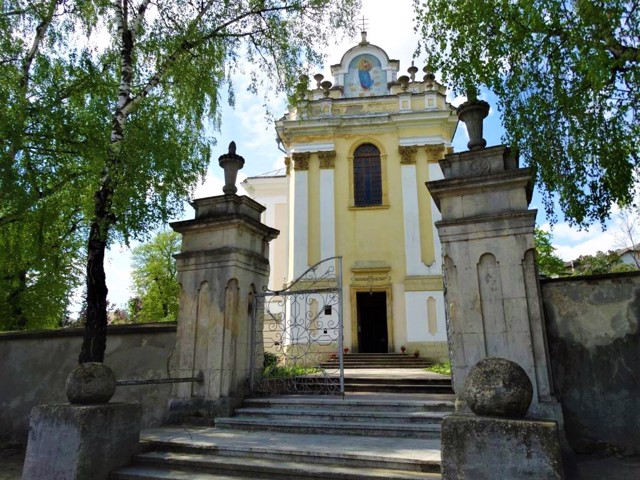
Assumption of Virgin Mary Church
Temple , Architecture
The Catholic Church of the Assumption of the Virgin Mary was built in Buchach under the castle hill near the town hall at the expense of the owner of the town, Kaniv mayor Mykola Vasyl Potoski, as evidenced by his Pylyava family coat of arms on the pediment. The inscription on the portal says: "Out of a desire to have three crosses in Pylyava Potocki, the House of the Cross was built for the glory of God."
The outstanding sculptor Ivan Pinzel worked on the interior design of the Assumption Church for several years. The monumental composition of five altars includes the image of the Mother of God with the Infant Jesus, the figures of Saint John the Evangelist, Saint Yoakhim, Saint Anna, Saint Zazarius, Archangel Michael, Saint Yan Nepomuk, angels, allegorical figures of Swiftness and Love, and the composition of the Glory of God.
After the Soviet devastation, the Church of the Assumption of the Virgin Mary in Buchach was restored and is once again welcoming believers.

Buchach Castle
Castle / fortress
The ruins of the defensive Buchach Castle, which protected Buchach from the Tatars and Turks since the 14th century, stand on a hill in the center of the city.
The fortress was founded in 1379 by the local magnates Buchachskyi, and three centuries later it was fortified by the new owners Potocki. In 1648, the Cossack army tried to capture Buchach Castle, and in 1665 and 1667 it was unsuccessfully besieged by the Tatars. Only in 1672, the Turkish army was able to capture the city and the fortress was destroyed.
The Potocki tried to restore Buchach Castle, but in the 19th century it finally lost its significance and was almost completely dismantled for building materials.
Fragments of walls and towers have been preserved.
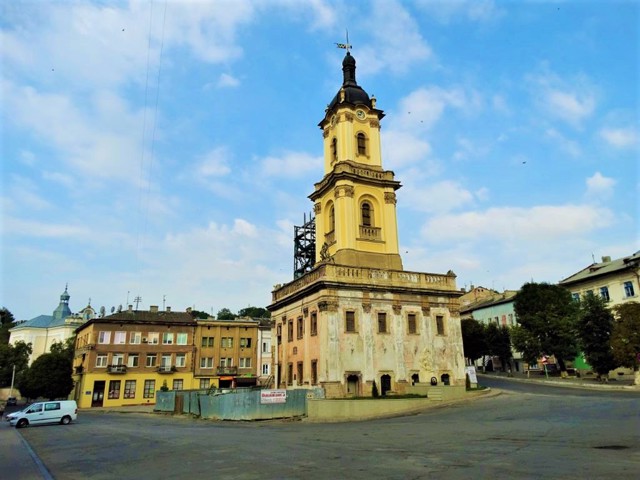
Buchach Town Hall
Architecture
Buchach Town Hall is a wonderful baroque creation of the Lviv architect Bernard Meretin, and is a hallmark of the city.
The 37-meter-high town hall was built in Buchach at the expense of Mykola Vasyl Potoski. The two-story tower rests on a two-story cubic base. Initially, the town hall was crowned with an 18-meter spire (replaced by the current dome after the fire of 1811) and decorated with 17 sculptures by the outstanding sculptor Ivan Pinzel on the theme of the struggle between good and evil. Most of the sculptures were destroyed by a fire in 1865, four of them survived only in fragments.
Thanks to the sophisticated synthesis of architecture and sculpture, the Buchach Town Hall is considered an outstanding work of world architecture of the late Baroque era.
Restoration is currently underway, and the creation of the Ivan Pinzel Museum is planned. The lost sculptures are planned to be replaced with copies. The restored clock on the top tier strikes every quarter of an hour, and every hour plays the melodies of Ukrainian songs.
In 2014, a monument to Ivan Heorhiy Pinzel was erected in front of the town hall.
Reviews Buchach
Geographical information about Buchach
| {{itemKey}} | {{itemValue}} |
|---|---|
| Region |
Ternopil |
